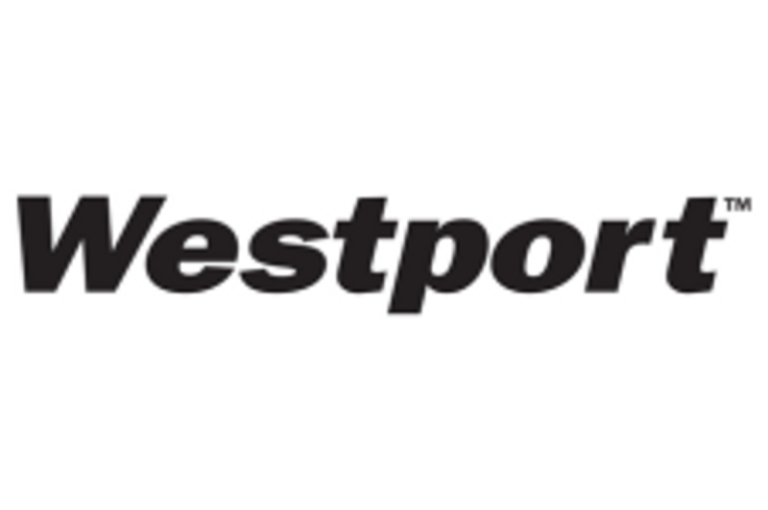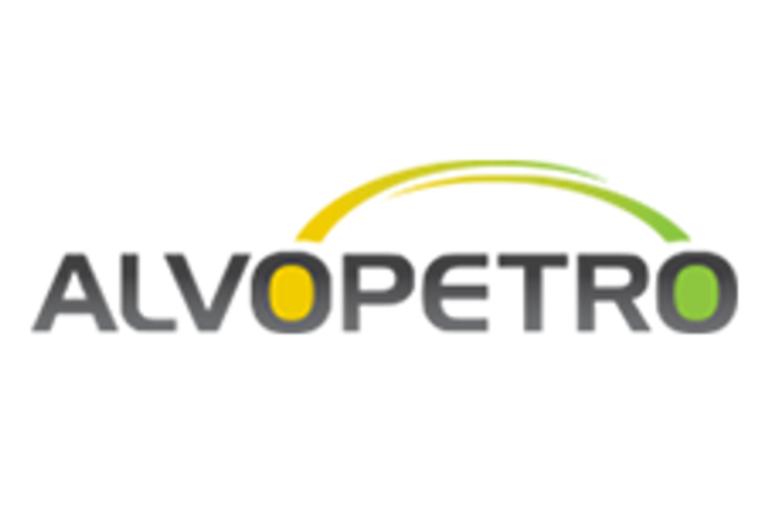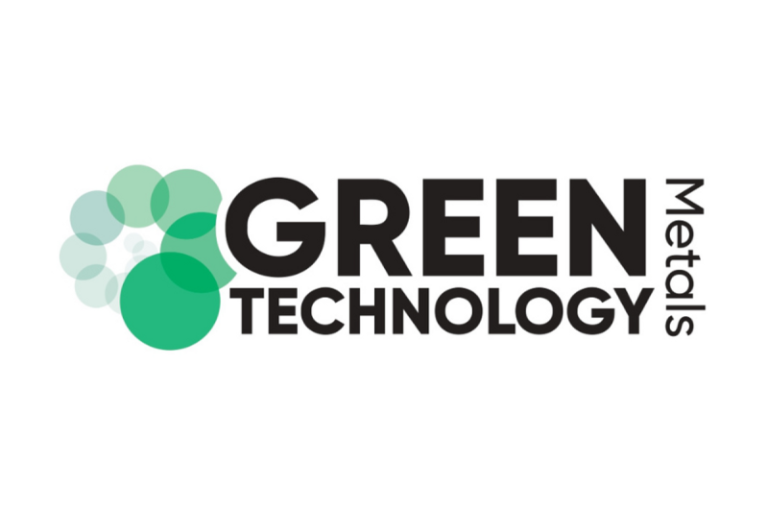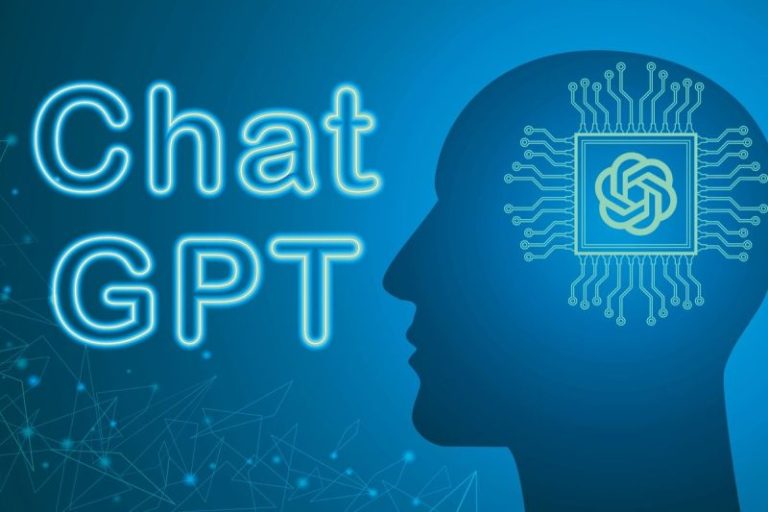For the first time this summer, all of the NFL’s teams will be strapped up for a weekend’s worth of preseason action. With few exceptions – for better or worse – most of the 32 squads have fully taken shape, though a few important positional battles and contract standoffs await resolution. Still, this is the time of year when most clubs project confidence and optimism that, if everything falls into place, they could wind up in the playoffs and maybe even vie for a Super Bowl berth.
Yet the cold truth for most of them is that some level of disappointment awaits – whether that’s a tough loss on Super Sunday or winding up with a top-five draft pick in 2026 (though that would be an optimal outcome in some quarters). Remember, this is a zero-sum game. Despite the good vibes emanating from most camps, there’s no avoiding the reality of math − meaning for every 14-win team, there’s a mirror image somewhere with 14 losses.
So how will it all shake out? With every roster basically finalized (and maybe optimized) for the season ahead, let’s try to forecast the 2025 season with record projections for every outfit.
(A note on methodology: Using the most current information amid a few iterations of this exercise, I predict winners and losers for all 272 regular-season games to arrive at my projections. The outcomes allow me to apply tiebreakers, when needed, to determine and slot the 14-team playoff field – seedings in parentheses – before arriving at a champion. Warning, past performance is no guarantee of future returns.)
AFC East
(2) Buffalo Bills (13-4): Barring an injury to reigning league MVP Josh Allen, a sixth consecutive division title seems all but inevitable. Following their Sunday night opener against Baltimore, the Bills play six consecutive non-playoff teams from 2024 – an entire circuit through the AFC East with three other games against NFC South crews – which could catapult them to a very good start, which also includes home games in four of the first five weeks. Buffalo could also finish with a strong kick, four of its final five games against opponents who didn’t reach the postseason last year.
New York Jets (7-10): Rookie coach Aaron Glenn has probably inherited a more talented team than his former boss, Dan Campbell, did in Detroit – Campbell’s 2021 Lions losing 13 games. But these Jets could get off to a slow start, four of their first six games against clubs that reached the 2024 postseason, including a “home” game against Denver in London. But if new QB Justin Fields and his talented fellow youngsters jell over the course of the season, they could build momentum going into 2026 – nine of their final 11 opponents failing to reach the playoffs last season.
Miami Dolphins (5-12): Will HC Mike McDaniel, who enters the season under some pressure from ownership, even make it to the stretch drive? If he does, the Fins’ final five games are either in outdoor northern cities and/or against teams that had winning records in 2024 … and, historically, his team hasn’t played well in either of those circumstances.
AFC North
(1) Baltimore Ravens (14-3): Could this finally be the year QB Lamar Jackson takes his team all the way? An upgraded secondary should address what was Baltimore’s Achilles for much of 2024. And how good is an offense that seems to (somehow) get an improved version of Jackson every year, including 2024 when he was probably robbed of a third league MVP? Consider that recently signed WR DeAndre Hopkins, likely a future Hall of Famer, is probably the sixth option when you consider an attack that has a second tight end like … Isaiah Likely. Yes, I like, like, like these Ravens – and considering they have a midseason stretch when they play two games in 27 days, good way to stay fresh as they pursue a second No. 1 playoff seed in three seasons.
(6) Pittsburgh Steelers (11-6): Optimism is riding high as new/old QB Aaron Rodgers assimilates with his new mates in the sweltering Latrobe, Pennsylvania, camp environment. There’s little question this roster is stacked, more so after a bold offseason plan executed by coach Mike Tomlin and GM Omar Khan. Whether it coalesces remain to be seen. Five of the Steelers’ first six opponents didn’t make the playoffs last year, perhaps a nice layout as Rodgers and Co. work out the kinks, though that stretch also includes a trip to Dublin. But four of the final six games are against 2024 division winners, and Pittsburgh collapsed down the stretch last season against strong competition. Still, it does feel like there’s enough ammo here to end the franchise’s run without a playoff win at nine years.
(7) Cincinnati Bengals (9-8): Since QB Joe Burrow was drafted in 2020, they’re 1-9 collectively in Weeks 1 and 2 – the lone win coming in 2021, when Cincy reached Super Bowl 56. The ongoing drama with All-Pro DE Trey Hendrickson seems to portend another rough start – and the Bengals open at Cleveland, where they rarely win, followed by a stretch of six games that includes five 2024 playoff opponents. Starting in October, the Bengals leave Ohio once in a six-week period, so perhaps that’s when they catch fire. Still, as much money as they’ve already spent this offseason, the Stripes seem to have fallen further behind Baltimore and Pittsburgh, teams that finished ahead of them last season.
Cleveland Browns (3-14): Whoever wins their high-profile four-way quarterback competition will still be the division’s weakest QB1. And with so many other question marks, especially on offense, it does feel like a team that has two first-round picks next year is already somewhat aimed toward the 2026 draft.
AFC South
Jacksonville Jaguars (8-9): Though they’re not projected to advance to the Super Bowl 60 tournament in this scenario, this could be a team that surprises – especially if rookie HC Liam Coen can elicit results from QB Trevor Lawrence at least somewhat comparable to what he got from Baker Mayfield in Tampa last year. There’s a fair amount of established talent on this roster, and that doesn’t include rookie WR/CB Travis Hunter, who’s now its highest-profile member. Over the season’s final six weeks, the Jags face just one 2024 playoff team.
Tennessee Titans (5-12): A team set to start a rookie quarterback, No. 1 pick Cam Ward, will start out swimming in even deeper water with four of its first six games on the road. But maybe Ward gets on a subsequent roll with three successive games in Nashville following a Week 10 bye.
Indianapolis Colts (4-13): Even if they were settled behind center – which Indy most certainly is not – a schedule loaded with the entirety of the AFC and NFC West was going to present a serious challenge for a team that’s generally hovered around .500 since QB Andrew Luck retired six years ago.
AFC West
(3) Denver Broncos (12-5): The focus will naturally be on Year 2 of the Bo Nix-Sean Payton union, which comes off a spectacular honeymoon. However the Broncos don’t get enough attention for an elite offensive line nor a defense which may be the league’s best – particularly after it was further fortified by free agency and the draft. After playing the Jets in London on October 12, the Broncos will only make one road trip over the ensuing 48 days – a good time to gain altitude at altitude. But ending K.C.’s nine-season run atop the division won’t be easy – particularly when the Chiefs get a bye ahead of their trip to Denver and, later, host the Broncos on Christmas, which lands on a Thursday.
(5) Kansas City Chiefs (11-6): Coming off what was probably the flimsiest 15-victory regular season in league history (average margin of victory 7.1 points), could they actually win four fewer games, relinquish the divisional throne … and still functionally be a better team when the playoffs start? Absolutely, especially with RB Isiah Pacheco and WRs Hollywood Brown and Rashee Rice healthy, though a suspension could still likely curb the latter’s contributions. But don’t be surprised if the dynasty stumbles out of the gate as the new offensive line takes shape – while weathering a trip to Brazil before Arrowhead welcomes the Eagles, Ravens and Lions for its first three home dates.
Los Angeles Chargers (9-8): Coach Jim Harbaugh took the 49ers to the Super Bowl during his second year in San Francisco, so it’s tempting to foresee the Bolts taking a quantum leap, too, despite how badly they performed in last season’s playoffs. But the offense still seems a bit light on weaponry − despite WR Keenan Allen’s return − the defense lost some stalwarts in free agency, and the Chargers must navigate a schedule that includes nine dates with 2024 playoff squads.
Las Vegas Raiders (5-12): They should be more competitive and entertaining with coach Pete Carroll, QB Geno Smith and titillating rookie RB Ashton Jeanty aboard. Yet it’s hard to envision the Silver and Black making up any ground in an otherwise loaded division and, despite DE Maxx Crosby’s presence, this defense could be regularly overrun. Doesn’t help when a team from Sin City is forced to play three 1 p.m. kickoffs in the Eastern time zone in the season’s first five weeks.
NFC East
(1) Philadelphia Eagles (12-5): Viewed through the lens of a single season, the 2024 Eagles are probably one of the top three or four teams of the 21st century, so little reason to think they won’t be really strong again despite significant personnel losses on the defensive side. But though the Chiefs have made it seem routine, defending an NFL title is exceptionally hard – and the Eagles have to do it with a first-place schedule that includes the entirety of the AFC West and NFC North. Brutal. And awesome as Saquon Barkley, 28, was last season – maybe the best season a running back has ever had – it would be more realistic, given his personal history, to expect he misses a few games with injuries than an encore performance. It wouldn’t be a shock if the Eagles repeat … but history is decidedly against them.
(7) Washington Commanders (10-7): Their Cinderella run exceeded everyone’s wildest imagination – especially that of a long-suffering fan base. But are expectations ratcheted up a bit too much now? Washington’s schedule is basically as challenging as Philly’s yet also includes a stretch between Weeks 4 and 8 with just one home game. After what was arguably the greatest rookie season in league history, maybe QB Jayden Daniels takes an MVP step in 2025. But if he plateaus or even suffers something of a sophomore slump … and/or pricey veteran acquisitions like Laremy Tunsil and Deebo Samuel don’t live up expectations … and/or if this defense proves suspect – especially up front – then the Commanders’ season could be defined following a Week 12 bye, a gauntlet that includes the Broncos, Vikings, Cowboys and Eagles … twice.
Dallas Cowboys (9-8): They’re almost always relevant when QB Dak Prescott survives a full season or close to it – which he didn’t in 2024. But the Cowboys are adjusting to a rookie head coach, Brian Schottenheimer, still have a glaring concern at tailback, have yet another change at defensive coordinator (Matt Eberflus) and are currently playing contractual games with DE Micah Parsons, arguably the franchise’s best player. Also? Eagles, Chiefs, Lions, Vikings, Chargers, Commanders, i.e. the murders’ row Dallas must face from Weeks 12-17. Woof.
New York Giants (2-15): A team coming off a 3-14 season somehow draws the league’s toughest schedule based on opponents’ 2024 winning percentages (.574). So much for competitive balance. This record projection isn’t indicative of the young talent on this roster, including WR Malik Nabers, LT Andrew Thomas, rookie OLB Abdul Carter and others. But it’s very hard to find wins on this schedule or expect QB Russell Wilson will enjoy a renaissance at age 36, especially when pressure to play quarterback of the future Jaxson Dart as the season wears on is only likely to incrementally grow.
NFC North
(2) Green Bay Packers (12-5): Unlike the rest of their divisional rivals, they should benefit from continuity. And if QB Jordan Love remains healthy, rookie Matthew Golden makes the consistent impact not always provided by this receiving corps and they get off to a strong start – and the early part of the schedule seems to set up nicely – the Pack might just find themselves in the Super Bowl.
(5) Detroit Lions (11-6): They’re going to have to adapt – without coordinators Ben Johnson and Aaron Glenn and six other staff members from a team that earned the NFC’s top playoff seed in 2024, to say nothing of the retirement of tough-as-rawhide C Frank Ragnow. Talent remains in abundance here, and the return of DE Aidan Hutchinson should bring a needed jolt to the defense. But finding synchronicity could be tough, especially with four of the first six games on the road.
Minnesota Vikings (9-8): They’re going to have to adapt – to new QB1 J.J. McCarthy, who lost his entire rookie season with a knee injury and watched Sam Darnold blossom into a Pro Bowler during his on-field absence. Similar to his time at the University of Michigan, McCarthy should have everything a quarterback could want in a supporting cast, including a fantastic coach in Kevin O’Connell. But the Vikes will have to weather WR2 Jordan Addison’s three-game season suspension to start the season. And following their (voluntary) two-week European vacation, they’ll have the Eagles, Chargers, Lions and Ravens lined up on the opposite side of a Week 6 bye. Replicating last season’s 14-3 record – or even something close to it – seems like a long shot.
Chicago Bears (7-10): They’re going to have to adapt – to Johnson, their new head coach, who’s changing the culture, scheme and expectations (yet again) after this organization’s disastrous 2024 campaign. And the learning curve is amplified by a schedule that, statistically, is second only to the Giants’ in terms of difficulty. Six of the Bears’ final eight opponents made the playoffs last season.
NFC South
(4) Tampa Bay Buccaneers (9-8): They probably don’t get enough credit for their recent dominance of the division, which they’ve won the past four seasons – albeit by an average of one game since the start of the 2022 campaign. That could again be the case with teams like the Panthers and Falcons at least displaying the potential to be threats. The Bucs could also be hamstrung as long as LT Tristan Wirfs, arguably their best player, remains sidelined by recent knee surgery expected to cost him at least a handful of games – and against formidable defenses. But even if they endure a rocky start, Tampa Bay could finish with a surge – its last six games against teams that didn’t make the playoffs in 2024.
Atlanta Falcons (7-10): So much boils down to the quarterback position, but especially here. Michael Penix Jr. flashed in three starts as a rookie but is hardly a proven commodity. QB2 Kirk Cousins is battle-tested … and his presence is likely to add to the burden of Penix, who will almost undoubtedly struggle at some point – and perhaps from the jump, Atlanta facing four postseason squads from last season among its first five opponents.
New Orleans Saints (2-15): A rookie head coach (Kellen Moore). Likely a rookie quarterback (Tyler Shough) or one coming off a rough rookie season (Spencer Rattler). Schematic changes on both sides of the ball. The biggest questions here seem to be if players like RB Alvin Kamara and WR Chris Olave remain beyond the trade deadline and/or if hometown hero Arch Manning winds up back here via the 2026 draft.
NFC West
(3) San Francisco 49ers (11-6): On the opposite side of the scheduling scale from the Giants, the Niners, little more than a year removed from an overtime loss in Super Bowl 58, drew the league’s easiest schedule (.415 opponent winning percentage in 2024) – one that includes all of the AFC and NFC South teams and three additional last-place operations from last year. San Francisco opens with four 2024 non-playoff teams and finishes with seven of the same. Make no mistake, a new-look defense has much to prove, and the team’s best players – RB Christian McCaffrey, LT Trent Williams, WR Brandon Aiyuk – have to stay on the field, and Aiyuk (knee) may not be ready for Week 1.
(6) Los Angeles Rams (11-6): Again, it’s worth noting that this team came the closest to knocking off the loaded Eagles on the road to Super Bowl 59, the Rams nearly pulling off the upset … on the road … in the snow. Imagine what they can do with a promising young defense one year better, not to mention being somewhat past the LA wildfires that affected this team and its city last January. So much hinges on the health of QB Matthew Stafford, 37, whose back has kept him sidelined during training camp, though by design, according to ESPN. But if he can continue posting on game day, as he usually does, he and his team have a legit shot at a second ring in a five-season span.
Arizona Cardinals (9-8): They went from bad (4-13) in HC Jonathan Gannon’s first year to quietly middling last season (8-9). If QB Kyler Murray and the young players around him can take another collective step forward, a postseason return seems very much in play – especially if they can leverage a schedule that opens against six teams that didn’t reach the playoffs in 2024. However the Cards will only have two home games after Thanksgiving.
Seattle Seahawks (9-8): A tiebreaker cost them a playoff berth last season. They might be on the razor’s edge once again but not for lack of trying. Heading into his second year, coach Mike Macdonald and GM John Schneider have done more than retool this roster – especially a passing game that has a new coordinator (Klint Kubiak), quarterback (Darnold) and receiver (Cooper Kupp). Yet it’s also fair to expect these Seahawks to be far more reliant on the run, per Macdonald’s wishes. Seattle seems more philosophically calibrated for the long haul, but that could mean another round of uneven performances in the near term.
AFC playoffs
Wild card: (2) Bills def. (7) Bengals; (6) Steelers def. (3) Broncos; (5) Chiefs def. (4) Texans
Divisional: (1) Ravens def. (6) Steelers; (5) Chiefs def. (2) Bills
Championship game: (1) Ravens def. (5) Chiefs
NFC playoffs
Wild card: (2) Packers def. (7) Commanders; (6) Rams def. (3) 49ers; (5) Lions def. (4) Buccaneers
Divisional: (6) Rams def. (1) Eagles; (2) Packers def. (5) Lions
Championship game: (2) Packers def. (6) Rams
Super Bowl 60 (Santa Clara, California)
Ravens def. Packers










